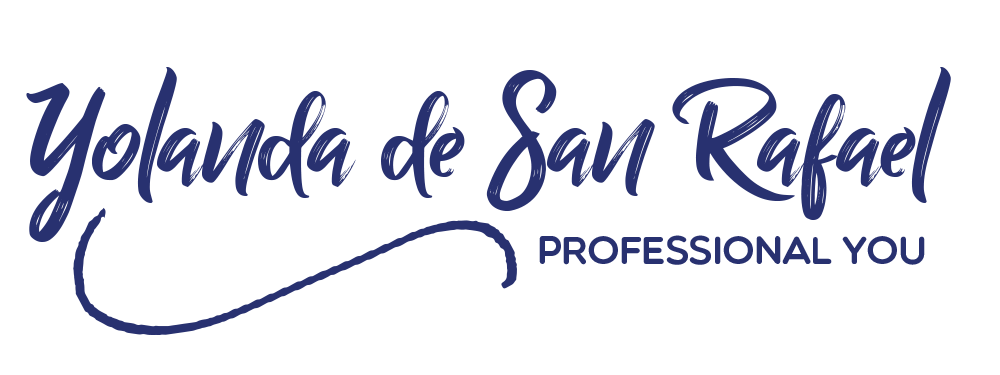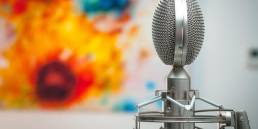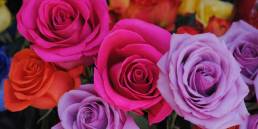The first and most essential value of creativity is to develop one’s voice in an artistic way. According to the Oxford Dictionary, creativity is defined as “the ability to produce original and unusual ideas, or to make something new or imaginative.” Whether we express this emotion through music, language, dance or painting, the act of creation is dynamic, imaginative and inspiring. Moreover, some business specialists and psychologists have been defending that creativity is a crucial tool for problem-solving challenges (J.P. Guilford, 1976).
Thus, in this article I defend the proposition that artistic thinking can be cultivated and applied to manifold activities with excellent results. In other words, although some individuals enjoy an inborn artistic way of thinking, we should be aware of the benefits creation and art can yield for all of us and start implementing them.
Furthermore, if we consider the question «Does creativity have a real impact in personal life?» we concur with the idea that such a salient characteristic – the creative dimension – certainly provides skills to think outside the box.

From Michelangelo to Van Gogh, we can study a good number of masters who were determined to break the rules so that creativity could prevail. However, in order to focus on our main idea, a definition of thinking is also needed. In this case, the Thesaurus of the National Library of Medicine describes this concept as:
Thinking: «Mental activity that is not predominantly perceptual by which one apprehends some aspect of an object or situation based on past learning and experience.”
It is interesting to note that this definition entails a rational component, and it is linked to another related concept: Critical Thinking. On the other hand, their database expands this heading into 6 subheadings summarized as follows: concept formation, creativity, decision making, aesthetics, judgment, and problem-solving. This taxonomy is not mutually exclusive, for rational thinking coexists with its artistic dimension.
That said, this debate can lead us to our most human and unique trait: creativity. We claim that a quest to go beyond conventional ideas is needed so that we can integrate Arts in our thinking strategies. The development of our creative self may seem exclusive of professional artists; however, everybody can «put on the artist lenses» to some extent.
Therefore, breaking the rules within reasonable limits can be challenging,
as this way of thinking boosts and expands our creative and artistic views.
While some would say that this idea may be too subjective, there is a general feeling that it is time to draw our own unique creative life path. For instance, by thinking the other way round, we can see the world from a different perspective. In fact, in many respects, this may be considered artistic thinking.
Furthermore, visual thinking is currently being highlighted as a powerful technique which can be integrated into business. (Schiumma, 2017). An example of this is Visual Thinking Strategies, a research-based organization located in New York which collaborates with different cultural partners such as the Dublin City Arts Council. Their mission is to empower individuals to broaden their capacity to make meaning, as well as to foster student’s engagement and performance, with a different way of learning.
The academic and scientific community must come to realize that there is a need for renewed structures as far as thinking strategies are concerned. From this perspective, Patricia Leavy shows in her book «Method Meets Art» (2015) that the connection between Soft Sciences and Hard Sciences is possible and desirable.
In Einstein’s words, knowledge is stored, but imagination is an ongoing creative process. This means that one can find knowledge, whereas critical, artistic and imaginative thinking entails a personal, creative process. As he puts it;
Imagination is more important than knowledge. For knowledge is limited to all we now know and understand, while imagination embraces the entire world, and all there ever will be to know and understand.
– Einstein
Despite the fact that all Arts are positive, according to our thesis, our main focus is on painting and drawing, as we deem them engaging and captivating. Moreover, the Encyclopaedia Britannica mentions that there is a strong relationship between painting and other visual arts. That is why we maintain that incorporating artistic exercises to our daily routines will open innovative paths.
In conclusion, as we were guided through art and play during our childhood, we uphold the idea that our thinking strategies will be reinforced if we retake these activities. Skills such as dancing, drawing, painting or playing an instrument will prove not only engaging but also rewarding to rebuild our thinking strategies.
Further reading
Guilford, J. P.(1976) .“Aptitude for Creative Thinking: one or many?”, Publication of the Creative Education Foundation, volume 10, pp. 165-169.
Leavy, Patricia (2015). «Method Meets Art. Arts-Based Research Practice». Guilford Press.
MacLeod, Hugh (2017). “ How to be creative” ( online manifesto.) (https://www.gapingvoid.com/blog/2004/10/18/how-to-be-creative-in-pdf-format/)
Schiuma, Giovanni ( 2017). “Integrating Art and Creativity into Business Practice”, IGI global
Reports
Visual Thinking, Art, and University Teaching Across Disciplines
Related Posts
abril 30, 2022
Mujeres que inspiran (5): entrevista a Carmen Mateo Ortiz.
Hoy os presento a Carmen Mateo Ortiz.…



